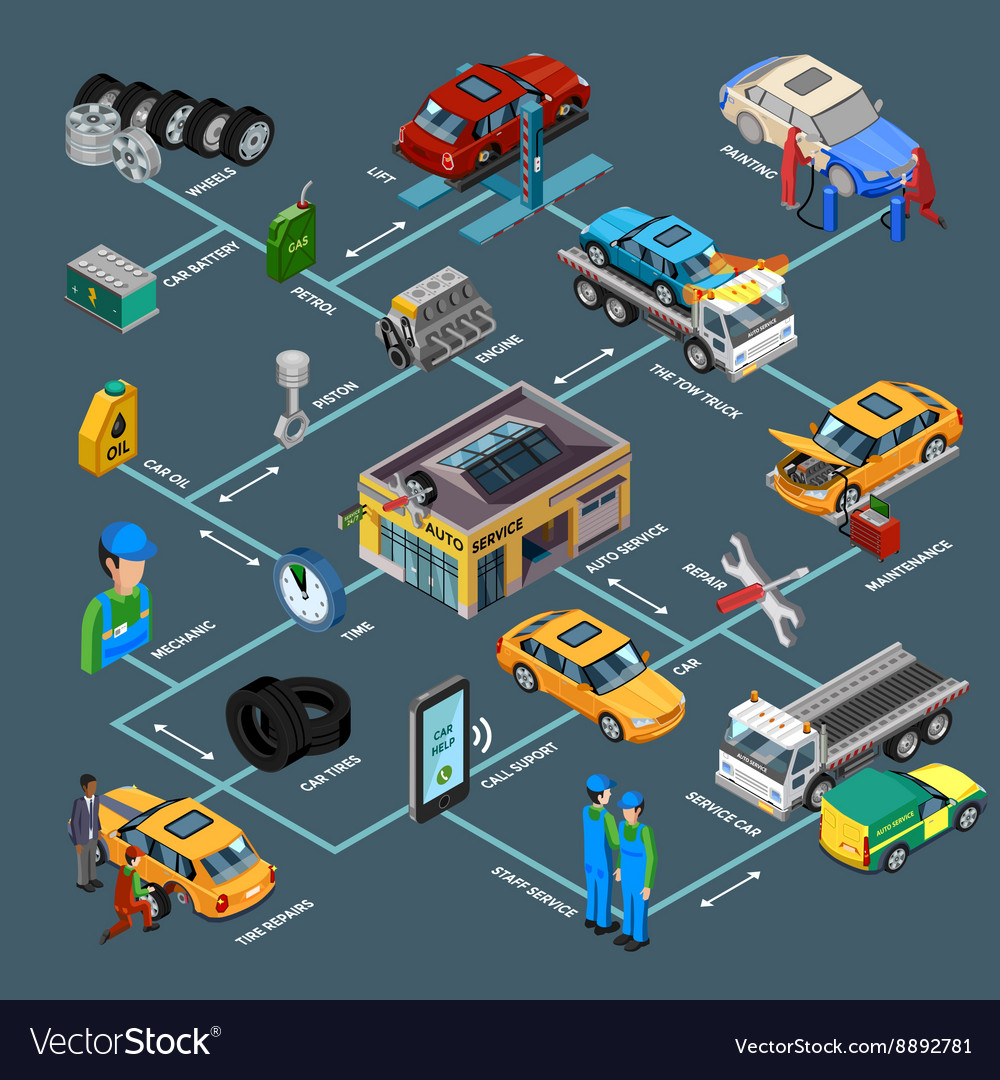Grasping The Importance Of Your Automobile'S Warning Signals: What They In Fact Stand For
Grasping The Importance Of Your Automobile'S Warning Signals: What They In Fact Stand For
Blog Article
Write-Up Written By-Faulkner Torres
When you lag the wheel, those beautiful warning lights on your control panel can be a little bit complicated. Do visit the following internet site recognize what they're attempting to inform you about your vehicle's wellness? Understanding the value of these lights is important for your safety and the longevity of your vehicle. So, the next time one of those lights appears, wouldn't you intend to understand its message properly and take the required actions to address it?
Common Caution Lights and Interpretations
Determine common caution lights in your auto and understand their meanings to make certain secure driving.
One of the most typical caution lights consist of the check engine light, which indicates concerns with the engine or exhausts system. If this light comes on, it's essential to have your car inspected quickly.
The oil pressure advising light shows low oil stress, requiring prompt interest to stop engine damages.
A blinking battery light may recommend a defective charging system, potentially leaving you stranded if not dealt with.
The tire stress tracking system (TPMS) light alerts you to low tire stress, influencing lorry stability and fuel effectiveness. Disregarding this could bring about risky driving conditions.
The abdominal muscle light shows a problem with the anti-lock braking system, compromising your capability to quit swiftly in emergency situations.
https://damienrmhbv.dreamyblogs.com/30634605/debunking-the-leading-five-misconceptions-bordering-auto-outlining but not least, the coolant temperature level warning light warns of engine getting too hot, which can cause severe damages if not dealt with promptly.
Recognizing these common caution lights will certainly aid you resolve issues quickly and preserve secure driving problems.
Value of Prompt Attention
Recognizing the typical caution lights in your auto is just the very first step; the importance of promptly dealing with these warnings can not be emphasized enough to guarantee your safety when driving.
When a warning light illuminates on your control panel, it's your cars and truck's method of connecting a possible problem that requires focus. Neglecting these warnings can cause a lot more severe troubles down the road, jeopardizing your security and potentially costing you more out of commission.
Prompt attention to alerting lights can prevent break downs and crashes. For example, a flashing check engine light might show a misfire that, if left ignored, could cause damages to the catalytic converter. Addressing this without delay can save you from a pricey fixing.
In a similar way, a brake system warning light might indicate low brake fluid or worn brake pads, vital parts for your safety when driving.
Do It Yourself Troubleshooting Tips
If you observe a caution light on your dashboard, there are a few do it yourself repairing ideas you can try prior to looking for professional aid.
The first step is to consult your automobile's manual to comprehend what the details caution light shows. In some cases the issue can be as simple as a loose gas cap causing the check engine light. Tightening the gas cap might settle the problem.
An additional usual concern is a low battery, which can activate different alerting lights. Checking the battery links for deterioration and ensuring they're safe could repair the issue.
If a warning light continues, you can try resetting it by detaching the vehicle's battery for a couple of minutes and after that reconnecting it. Additionally, examining your vehicle's fluid degrees, such as oil, coolant, and brake fluid, can assist fix cautioning lights connected to these systems.
Conclusion
To conclude, comprehending your vehicle's warning lights is essential for keeping your vehicle running smoothly and safely. By promptly addressing these alerts and recognizing what they mean, you can avoid expensive repair work and potential malfunctions.
Remember to consult your cars and truck's handbook for particular details on each cautioning light and do something about it as necessary to ensure a hassle-free driving experience.
Keep notified, stay secure on the road!
